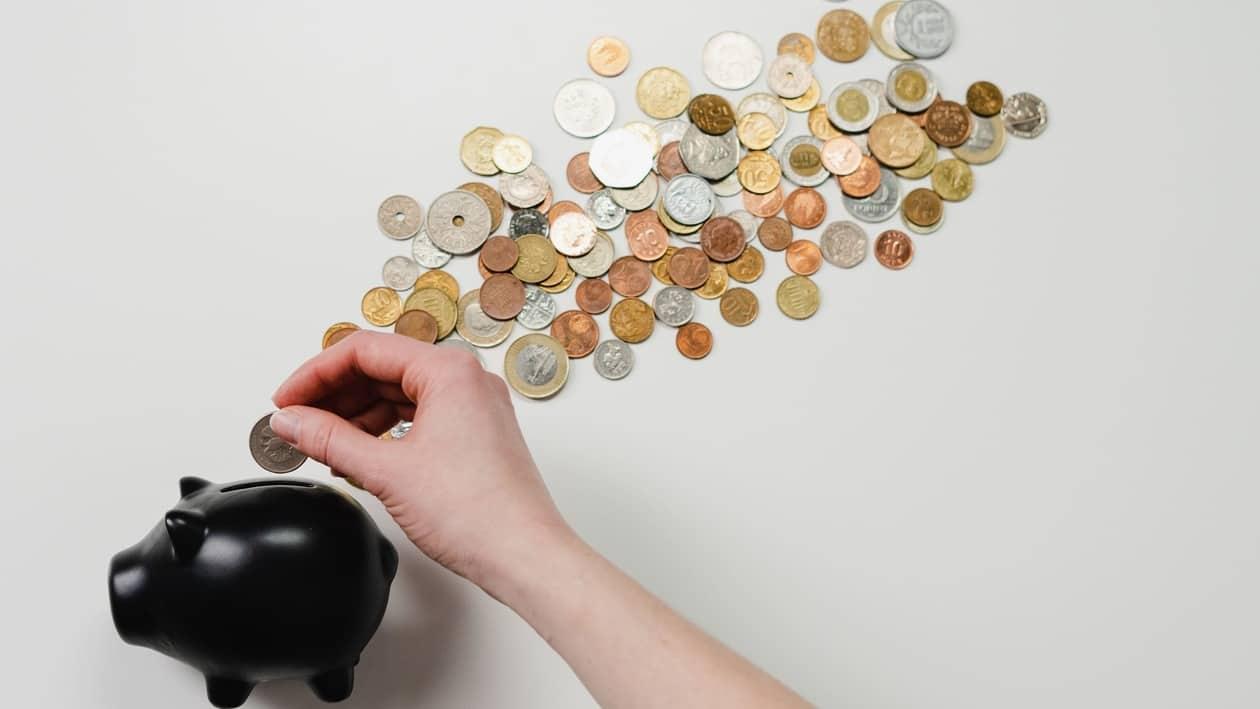Kotak Emerging Equity Fund is a popular mid-cap fund that launched on 30th March 2007 and has accumulated assets worth ₹25,972 crores as on 30th April 2023, making it the second largest mid-cap fund after HDFC Mid Cap Opportunities Fund.
Investment strategy and portfolio
As per the fund house, the scheme's objective is to generate long-term capital appreciation from a portfolio of equity and equity-related securities by investing predominantly in midcap companies at their nascent or developing stage and under-researched.
Talking about the fund's investment strategy, Pankaj Tibrewal, Fund Manager of Kotak Emerging Fund, said, "In our investment strategy, we really focus on minimising mistakes by having a solid framework in place. We understand the significance of identifying the right promoters and management. We conduct thorough due diligence and analyse cash flow and balance sheets. Valuations are also a key consideration, and we strongly believe in managing our emotions and temperament for long-term success. Out of roughly 5000 listed stocks in India, we at Kotak MF cover 445 stock universes and out of this we construct a portfolio comprising 60-70 stocks. The aim is to reduce errors and achieve compounding over time, which has allowed us to manage investors' funds."
Experienced fund manager Pankaj Tibrewal has been managing the fund since 27th May 2010.
As a mid-cap fund, it must invest at least 65% of its portfolio in mid cap stocks. The fund aims to do just that, as the recent fact sheet shows that the fund has invested 65.24% in mid cap stocks.
Here's the break-up of the asset allocation of the fund:
Large Cap | 16.74% |
Mid Cap | 65.24% |
Small Cap | 10.06% |
Debt | 7.96% |
So, the total equity exposure of the fund comes to 92.04%, which is less than most mid cap funds.
We need to look at Value Research data to compare the fund's market cap allocation with its peers, as not all fund houses provide the breakup of their investments.
As per their methodology, 77.20% of its assets are in mid-caps, while the category average is 73.75%. The fund has a lower allocation to small caps, which is 2.89%, while the category average is 6.60%. Small-cap stocks are typically more volatile than mid-cap stocks. So, this signifies that the fund is taking a lower risk than its peers.
The fund is quite diverse, investing in 78 stocks that constitute 16 sectors.
A major portion of its assets, i.e. 18.59%, are invested in capital goods and 12.01% in financials.
The fund has the highest allocation in Supreme, Schaeffler India, Cummins India, Persistent Systems, and Solar Industries India, with 4.30%, 3.71%, 3.53%, 3.47% and 2.81%.
Fund performance
The performance of the fund is one of the main reasons that attract investors to a particular fund.
It is important to note that the past performance of a fund doesn't guarantee future performance. It can be used to check the consistency of the fund and how the fund has performed against its peers.
Here's how the fund has performed:
| 1Y | 3Y | 5Y | 7Y | 10Y |
Kotak Emerging Equity Direct | 20.07 | 36.32 | 16.28 | 17.98 | 21.85 |
S&P BSE 150 Midcap TRI | 19.93 | 35.61 | 13.56 | 16.64 | 18.49 |
Equity: Midcap | 20.24 | 33.65 | 14.12 | 16 | 19.54 |
Rank within category | 17 | 9 | 6 | 4 | 1 |
Number of funds in category | 31 | 25 | 21 | 19 | 17 |
(As on 29-May-2023)
The fund has beaten its benchmark and has performed decently over the long term.
Risk
Now, let us look at the different risk parameters of the fund.
Overall, the fund has a healthy score in terms of risk parameters.
The fund has an alpha of 2.71% compared to the category average of 0.73%. This means that the fund has performed better than the benchmark with the risk taken.
Sharpe Ratio is another important parameter that shows the additional return generated by a fund for every unit of risk. A higher Sharpe ratio is better. Here, the fund's Sharpe ratio is 1.74, while the category average is 1.56. This means that the fund was able to generate better risk-adjusted returns than its peers.
The fund manager has also been able to restrict the downside volatility of the fund.
"Downside volatility" is the fluctuations in monthly returns when the unit prices of the fund fall. It is shown through quartile ranking, which sorts funds in ascending order of downside volatilities.
Kotak Emerging Equity Fund is in the top quartile, i.e. it is one of the few funds with the lowest volatility from a three-year horizon.
"When it comes to risk, we don't just look at absolute performance. We take a risk-adjusted approach by considering parameters like the downside capture ratio and Sharpe ratio. We prioritise investing in quality names. We also pay close attention to liquidity, diversification, and concentration risks. Our portfolio is well-diversified across sectors and stocks, with no stock exceeding 5% of the portfolio. We maintain a beta of less than one, which gives us opportunities to generate additional alpha during market corrections.Delivering higher risk adjusted returns is the key objective for us," said Pankaj.
Padmaja Choudhury is a freelance financial content writer. With around six years of total experience, mutual funds and personal finance are her focus areas.
